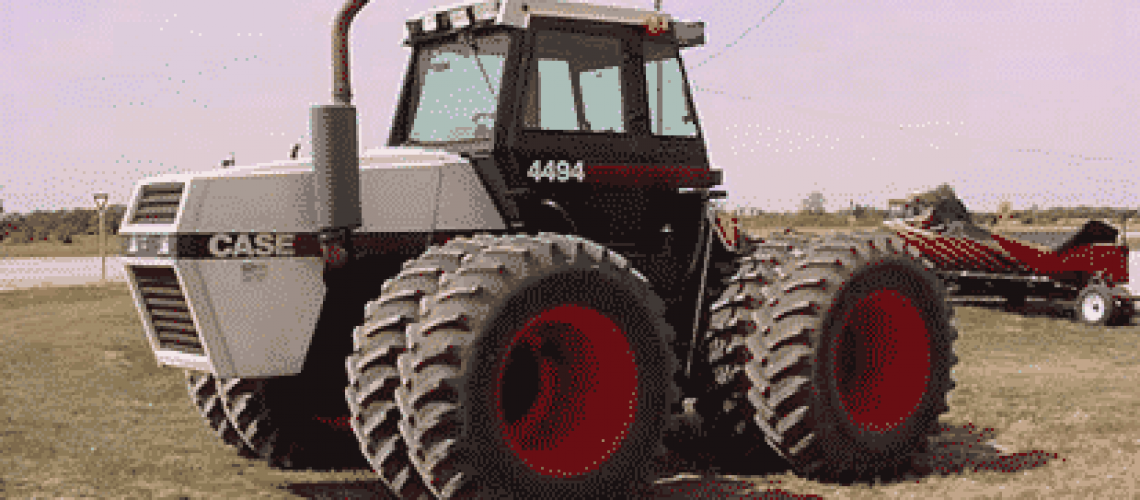It’s hard to imagine that Australian agriculture would have been able to compete globally if we had stood still in the early 1980s with machinery that maxed out at 350hp tractors, 40ft bars and 30ft header fronts. Over the past forty years the size of the largest new machinery has effectively doubled.
One of the hidden forces of productivity growth in the Australian broadacre agricultural sector is the use of large modern high-tech machinery. The faster the uptake of the latest, largest and most advanced, the more chance farmers have of keeping up with the productivity curve that demands 1% of on-farm improvement every year to stay internationally competitive.
The industry needs the big and the cashed-up to buy new and then turn over their machinery at low hours so that there is a steady stream of modern second-hand equipment coming onto the market every year.
The trickle-down effect to farmers — from those buying equipment with 800 hours on it right through to those buying 8000-hour-plus self-propelled sprayers, quad tracks or precision seeding rigs from the 90s — all depends on a steady flow of new machinery hitting the market.
If the sales of new equipment takes a dive because of a drop in the value of the Australian dollar, a collapse in commodity prices, spike in interest rates, drought, or a trade dispute the ramifications on second-hand prices will be felt down the line for years to come.
If the Federal Government are serious about supporting the agricultural sector to remain internationally competitive and hitting the National Farmers Federation target of $100 billion by 2030 (up from the current $65b), then they should be looking at policies that encourage farmers to continue to invest in more productive machinery, be it new or second hand.
To do this there are multiple policy options open for the government, with the simplest and most effective to continue to lower personal and business taxes, leaving more profit in farmers’ pockets. But with the ballooning public sector debt, the government is more likely to be convinced to support the targeted changes to tax depreciation schedules which lead to a clear economic benefit.
The tried and tested tax policy to drive farm investment is via accelerated depreciation. The federal government has used this method on and off in the past, including the current instant tax write-off which has been raised from $30,000 to $150,000 (up to June 30) as part of its COVID-19 virus stimulus package.
The key change needed here is to lock this in as a permanent fixture of the Australian tax system. This would incentivise the farmers that are using 1980’s and 90’s era machinery to move up into post-2000 models which would rapidly reduce the average age of agricultural equipment across Australia and provide a generational change in technology and efficiency for these farmers.
The other key change would be to halve the current depreciation schedule for key agricultural machinery that is closely linked to productivity such as tractors currently set at 12 years, headers 10 years, self-propelled sprayers 8 years and seeding rigs 15 years. These changes would be more in line with the rapid run down of new gear working long hours and would acknowledge the speed of technological change.
While we all know new machinery is expensive, it has to be said that when it comes to the market, ultimately it’s up to farmers themselves to be consider other manufacturers as they come on the scene be it Russian or Argentinean over EU or US red, yellow, green or black.
But without the government incentivising farmers to go out and buy new equipment vis the tax system, the second hand market will tighten up, forcing up prices for those farmers who cannot afford new. Over time, this will impact their ability to keep up in the endless race for productivity improvements.











